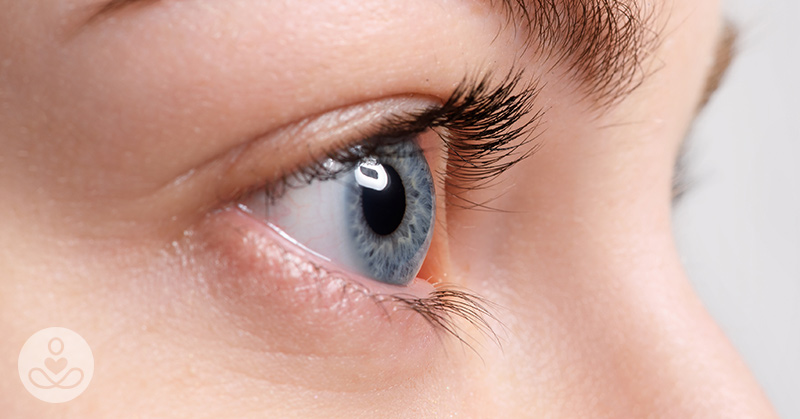A 2015 study suggests that a chemical naturally produced by the human body might have the ability to clear up cataracts and significantly improve vision without surgery. But the promising results are being met with skepticism. Is this really the answer that millions of people suffering from cataracts have been waiting for? Here’s what you need to know.
What is a Cataract?
The lens in your eye works to focus light on the retina (which connects to the brain through nerves, allowing you to see). The lens is made up of a mix of water and different proteins; but when the proteins “clump” together instead of being arranged properly, they can form a cloudy patch on your lens which makes it difficult or impossible to see — this is what’s known as a cataract. Although the exact causes are still unknown, researchers suspect that other factors such as smoking, diabetes, and/or lens damage due to wear and tear over the years contribute to the formation of cataracts.
Who’s At Risk?
Cataracts are most common in older adults (especially smokers and diabetics) and they often progress over time from a small cloudy patch to a larger area, making vision increasingly blurry and dull. However, many people as young as 40 will develop a small cataract without knowing about it- only to notice its effects years later as it grows (1).
What are the Current Treatments?
Currently, most cataracts are dealt with using stronger glasses prescriptions or advising patients to use brighter lights. When a cataract seriously impairs vision, surgery has been the only course of action. The operation involves removing the lens from the eye and replacing it with an artificial one. It’s fairly common for older patients to want to avoid surgery as much as possible, not wanting to put their immune systems at risk of a possible infection.
Until recently, there had been no way to reverse cataracts. However, a preliminary study performed on rabbits and dogs has uncovered a natural chemical that our own bodies produce that actually reverse the cloudiness of a cataract and reduce the need for surgery (2)!
New Research: A Cataract-Reversing Chemical?
Researchers tested a chemical known as Lanosterol first on rabbit lenses in vitro and then on dog lenses in vivo to see its effects on cataracts. Dogs were given anesthesia for injections of lanosterol into their lenses and were also given the chemical as eye drops. After just 6 weeks, researchers saw significant improvement in the cloudiness of the lenses (2).
Can We Use Lanosterol Now?
Actually, lanosterol eye drops are already being sold for dogs only under the name Lanomax, based on the research study. Remember to always speak with your veterinarian before beginning any treatment for your pet.
However, the chemical has yet to be tested on human subjects, meaning we won’t know for sure if it will work or what the side effects may be. Not to mention, several experts have come forward expressing concerns about using lanosterol.
“Not all cataracts are the same, and it is not a single disease,” warns Joseph Horowitz, a UCLA ophthalmologist. He argues that advanced cataract cases may not respond to lanosterol treatments. Horowitz also says that we should all learn from previous failed natural solutions for cataracts. In the past, a group of researchers found success with carnosine (an antioxidant), which was then sold in health stores for cataracts. However, the results could not be replicated and the chemical was also not regulated by the FDA (3).
Does this mean that the lanosterol results are meaningless? No. But it does mean we have to wait to see whether future studies will reveal it to be a potential solution for human sufferers of cataracts. If so, it will be great news for the millions of men and women who are living with impaired vision. In the meantime, we can use foods that have been proven to help eyesight and high-quality supplements like this Pure Bilberry Extract to protect our vision.

